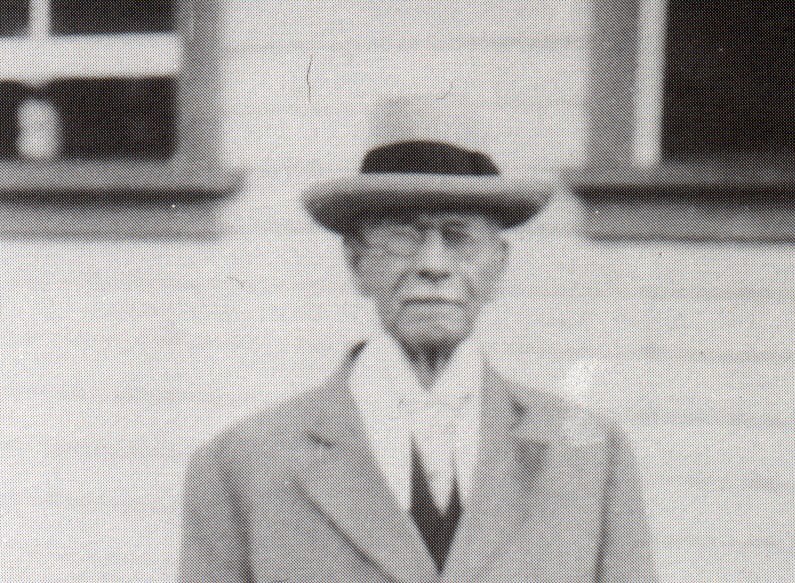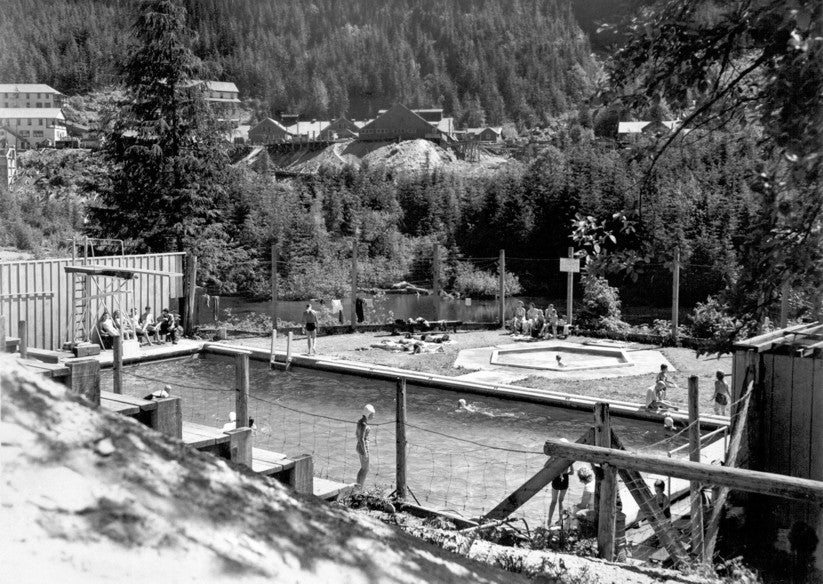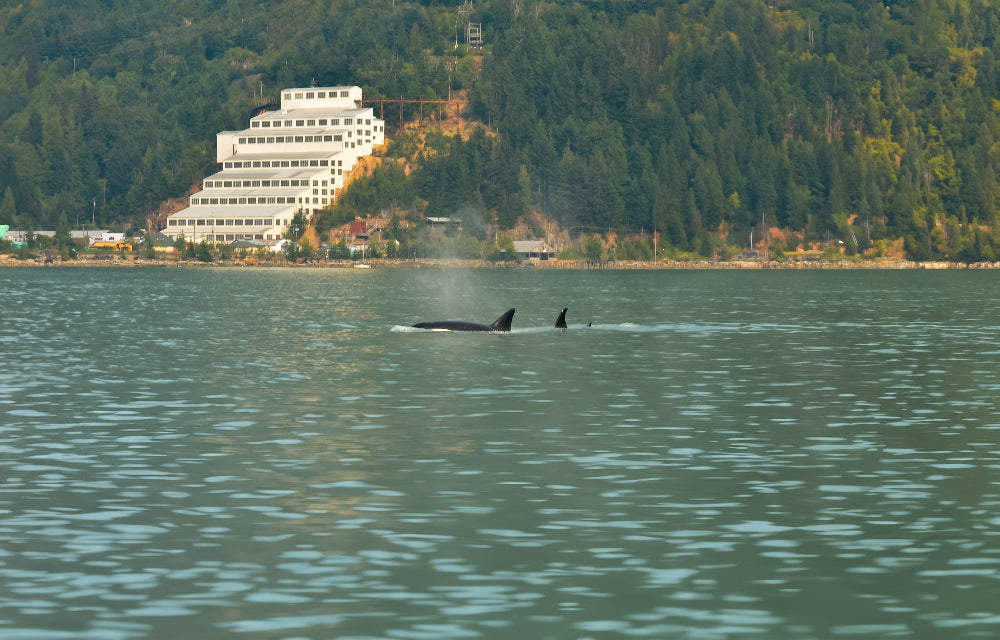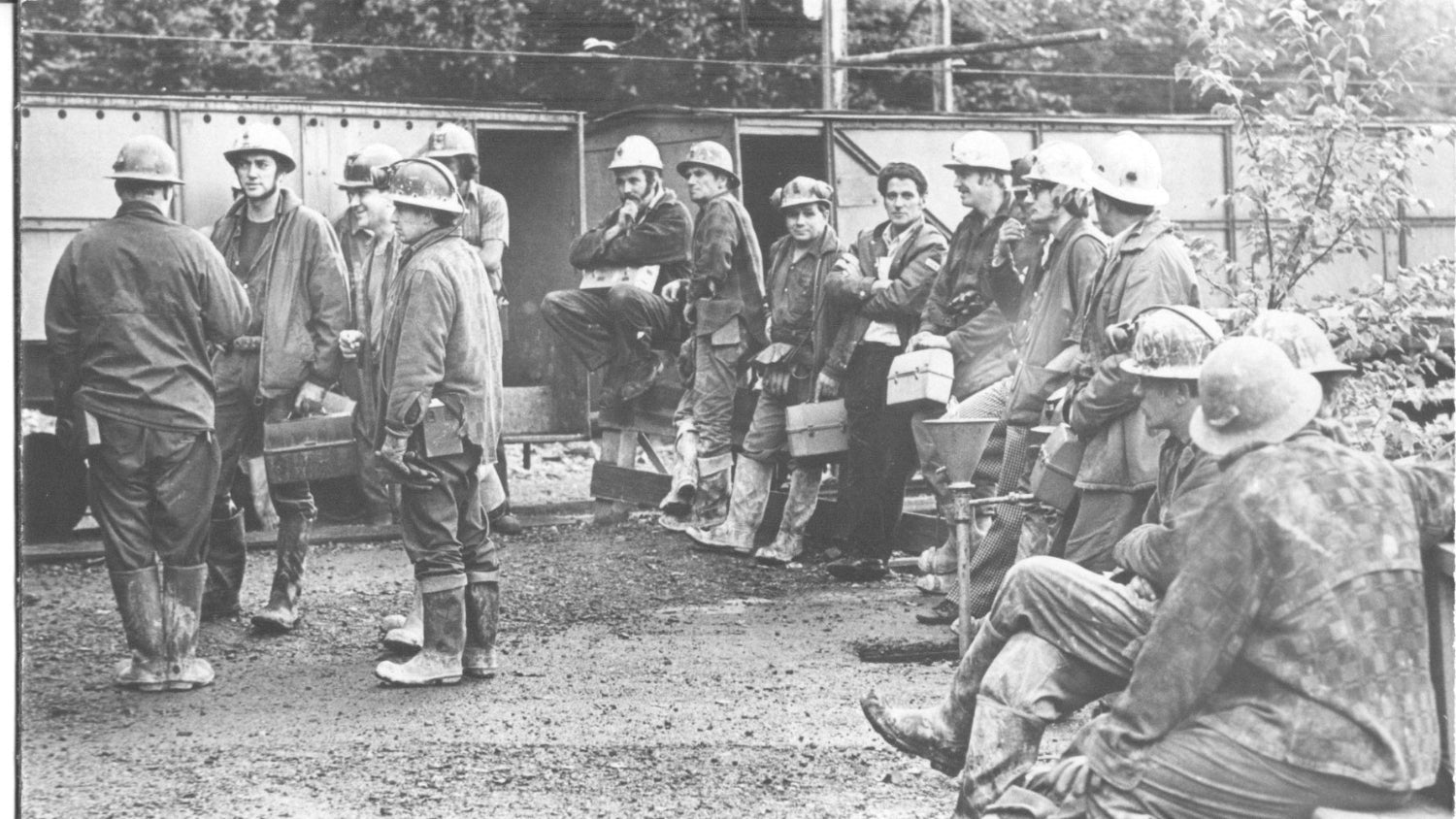My shopping cart
Your cart is currently empty.
Continue ShoppingThe Britannia Mine operated from 1904 to 1974 and was once the largest copper mine in the British Commonwealth! Over its 70-year history, more than 60,000 people from over 50 countries lived and worked in this remote and self-contained community.
Britannia's story is one of innovation and resilience — from groundbreaking advancements in ore extraction to record-breaking copper production. It’s also a story marked by extremes: visionary and authoritarian managers, devastating fires, floods, and a tragic rockslide.
But the story doesn’t end with the mine’s closure. Today, it continues through one of Canada’s most successful environmental remediation projects. Thanks to these efforts, salmon and trout have returned to the local creeks, signaling a new chapter of hope and renewal.

When most people drive by Britannia Beach today they have little sense of how massive the Britannia Mine was. At the height of production in the late 1920s to early 1930s, it was supplying an impressive 17% of the world's copper. By the time the mine closed, it had 210 km of tunnels and stretched over 1750 metres of vertical distance (from 1100 metres high in the Britannia mountains to a depth of around 650 metres below sea level).

In its seventy-year life, the Britannia Mine had a fascinating history. With over 60,000 people living and working here, you can imagine that there are a few stories to tell! Here is a sneak peek into the fascinating world of the people, places, events and objects that shaped the Britannia Mine.

Working with the province, land owners and community, an intensive remediation campaign was launched in 2002. The end-result has been a successful turnaround. Life has returned to the waters surrounding the mine, including Howe Sound.

Although the mine is now closed, treasures keep turning up. We have around 7,000 different mining artefacts that provide a look at the mine and the life of its miners. Many of these artefacts surfaced with the help of the Britannia Beach Historical Society (now the Britannia Mine Museum Society). They founded our Museum in 1971. A further 9,500 photographs and 3,000 archival documents have been collected. All in all, it means that Britannia Mines has one of the most comprehensive sets of records of Canadian mining. The majority of these archives are held by the BC Archives and the UBC Special Collections.
Learn about the history of the former Britannia Mine and its environmental cleanup operation in this light hearted and fascinating movie.
There is so much to learn about Britianna and the life of the Mine. Here are some answers to questions we get asked daily.